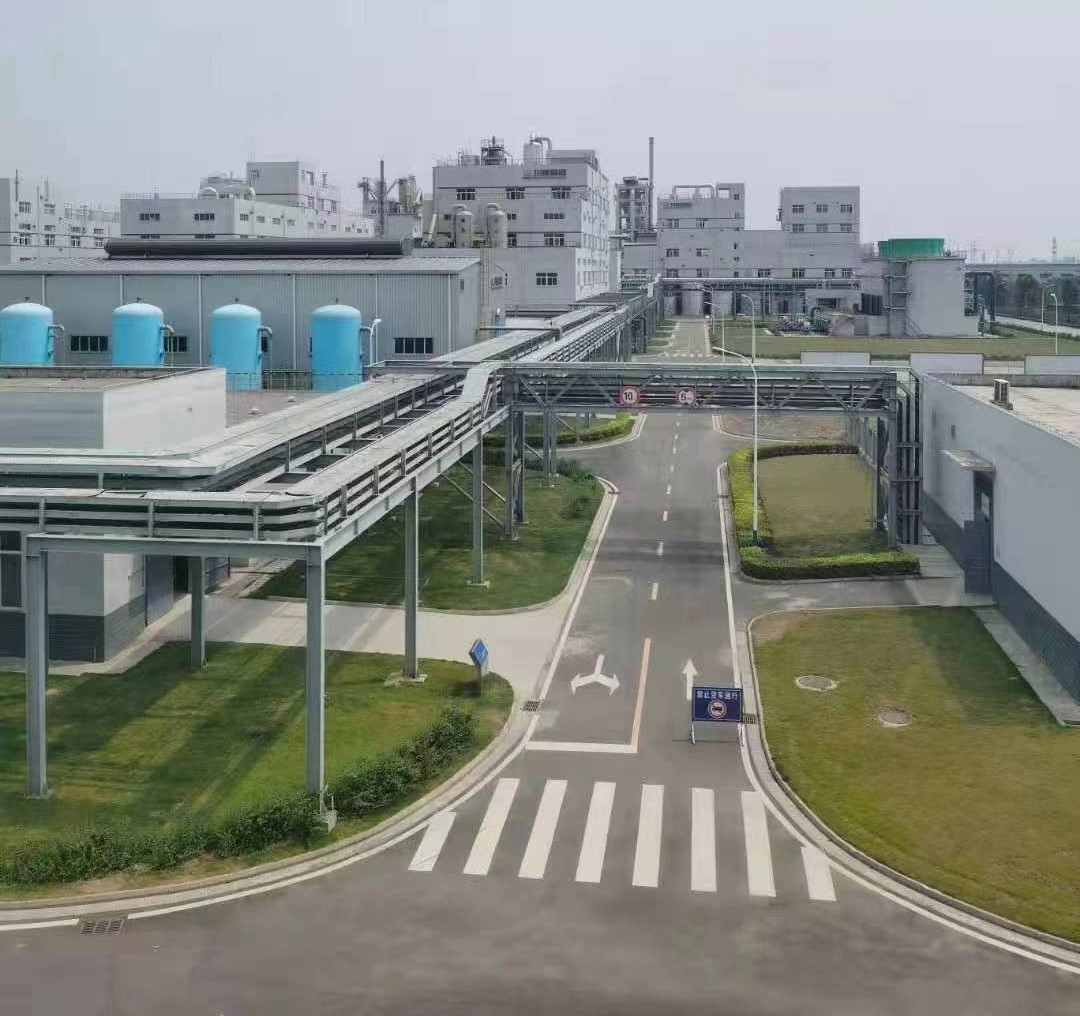The key role and technical challenges of lithium hydroxide in high-nickel batteries
Jul,11,25
As the core raw material of high-nickel ternary batteries (NCM811/NCA), the purity (need to reach more than 99.5%) and the content of magnetic substances of lithium hydroxide directly affect the energy density and cycle life of the battery. High-nickel positive electrode materials need to use lithium hydroxide rather than lithium carbonate, because it is easier to form a uniform oxide structure during the sintering process and reduce lithium residue. The current technical difficulties are:
1.Purity control: It is necessary to reduce the content of impurities such as sodium and potassium through ion membrane electrolysis or recrystallization process;
2.Particle size optimization: Nano-scale particles can improve the electrode reaction kinetics, but they are easy to agglomerate and require surface modification;
3.Environmentally friendly production: The traditional alkali fusion method has high energy consumption, and emerging technologies such as salt lake direct electrolysis can reduce carbon emissions by 30%






